

Solfeo - Reading Music
Music Theory
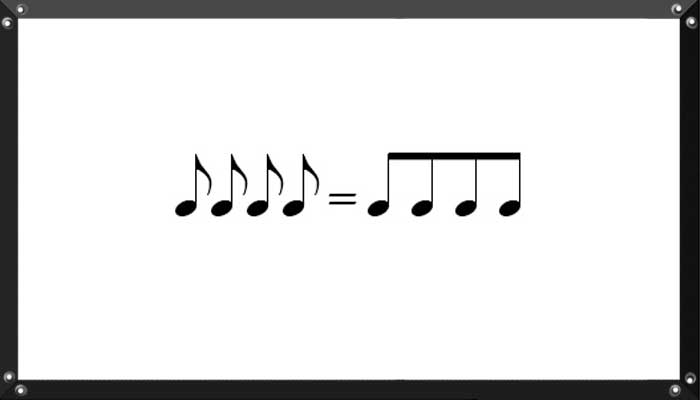
This group of 4 eighth notes with a beam, is very popular in music, you will see it a lot, is much easier to read then if you have 4 separated notes, with a little flag.
Songs - Level 10
Piano Technique
Scales
Songs - Level 10
Music Theory
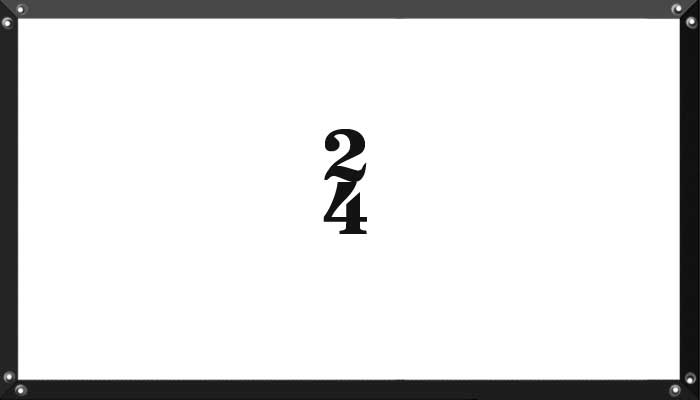
There are many time signatures, in a 2/4 time signature, you need two counts, each count must be 1/4. So two counts is 2 quarter notes, or 4 eighth notes.
Chords
Solfeo - Reading Music
Scales
Piano Technique
Music Theory
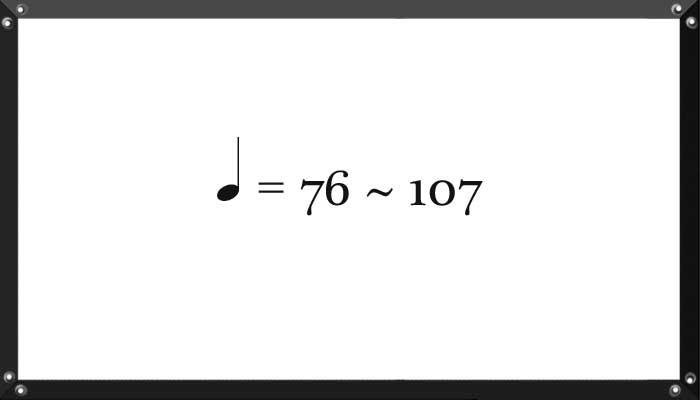
Andante means "Walking" this tempo is at a walking speed, A little bit slower than the Happy or Allegro tempo, but faster then the Adagio or Slow tempo. Remember that all these tempos are more or less, you need to feel the tempo, because you don't have the metronome with you all the time, you need to feel the tempo.
Don't forget these:
Andante: 96-107 - [292]
Moderato: 108-120 - [194]
Allegro: 121-168 - [201]
Songs - Level 10
Solfeo - Reading Music
Chords
Piano Technique
Music Theory
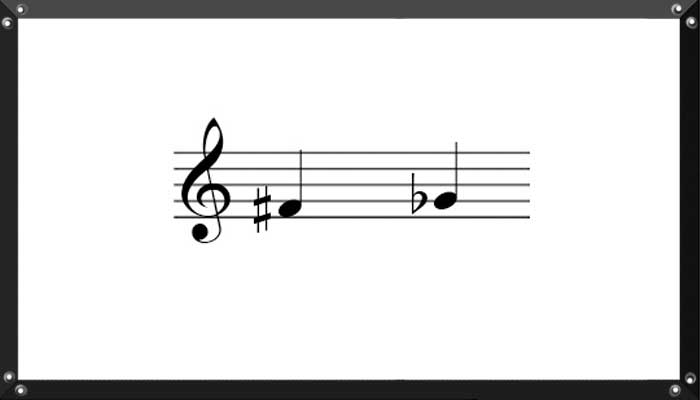
Enharmonic is a term for the same sound with a different name. Like if you have two notes, they have different name but they sound the same, tose are enharmonic notes.
Scales
Songs - Level 10
Solfeo - Reading Music
Chords
Piano Technique
Music Theory
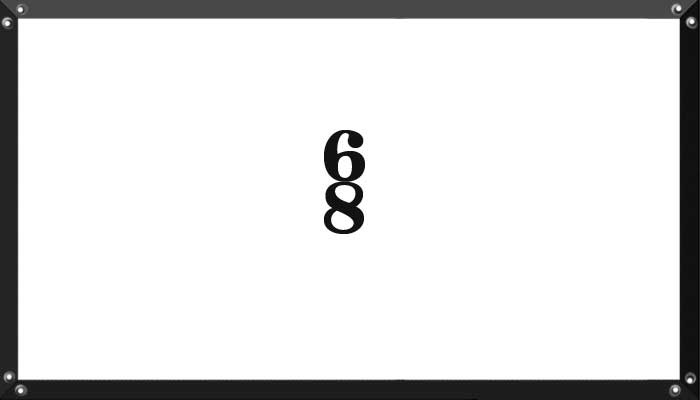
You can actually have any time signature you want, any two numbers. But of course there are some time signatures more popular than others, like the 6/8 is a very popular time signature for marching music. A 6/8 you need 6 eighth notes on each measure.
Songs - Level 10
Solfeo - Reading Music
Music Theory
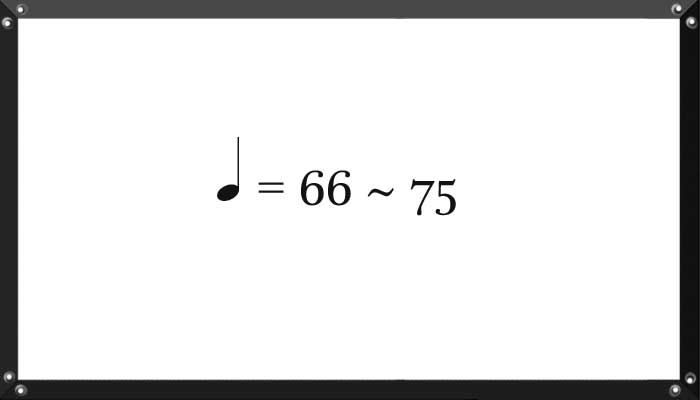
Slow music, romantic songs, sad melodies they all need to be slow, or Adagio, the tempo is about, 66 to 75. Adagio means "Slow". We use Italian terms for music because in Italy were the people that started to write music, and create all the symbols we use today. So a lot of Italian langauge is in music today.
Don't forget these:
Adagio: 66-75 - [306]
Andante: 96-107 - [292]
Moderato: 108-120 - [194]
Allegro: 121-168 - [201]
Scales
Solfeo - Reading Music
Chords
Piano Technique
Music Theory
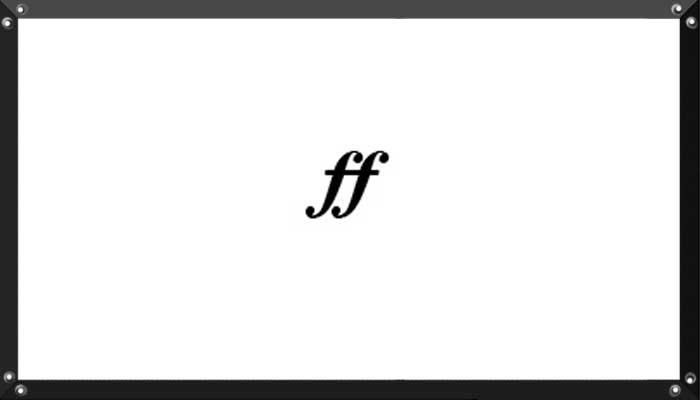
If you want to play loud, you use the "forte" symbol, "f" but if you want to play very loud, you can use 2 "f's" instead of 1. Sometimes you can even use 3 "f's" or more. In a scale from 1 to 10 "Fortissimo" would be like about 9. When you see a fortissimo symbol you will keep playing really loud, until you find another dynamic symbol, to tell you that now you need to play softer or louder.
Solfeo - Reading Music
Songs - Level 10
Music Theory
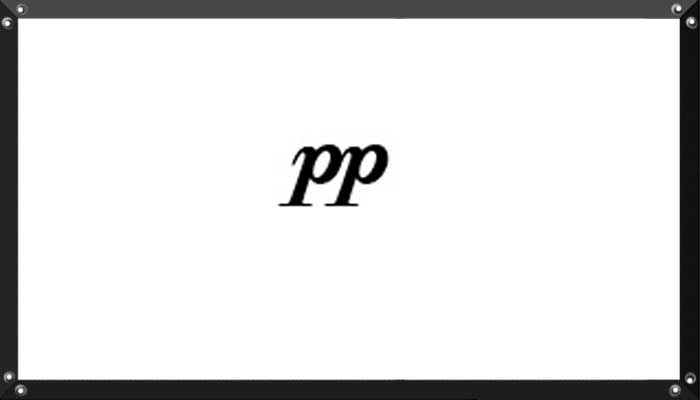
If you want to play soft, you use the "piano" symbol, "p" but if you want to play very soft, you can use 2 "p's" instead of 1. Sometimes you can even use 3 "p's" or more. In a scale from 1 to 10 "Pianissimo" would be like about 2. I have written some songs, and just for fun I wrote like abot 10 little "p" Just to make it like really soft. This is a dynamic symbol.
Scales
Solfeo - Reading Music
Chords
Songs - Level 10
Solfeo - Reading Music
Music Theory
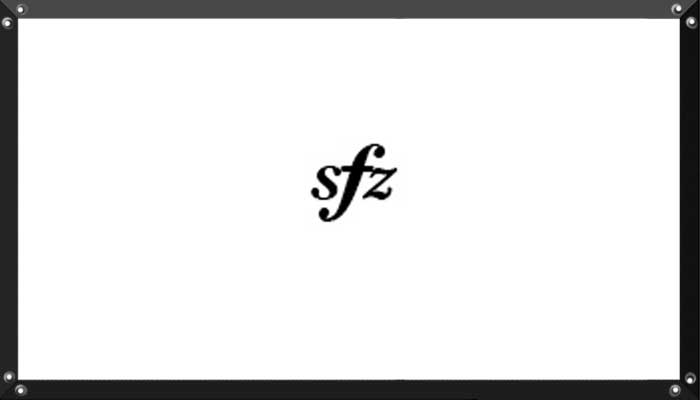
Sometimes, when you play a note, you want to give more presence, or more importance to that note in particular, so you want to make an extra effort to play only this note, louder or a little bit louder than normal, so you use a "sforzando" symbol, sforzando means, extra effort. How loud more should you play the note? Well, again, you need to feel the music to answer that question all music is feelings, and how loud is up to you, but just notice that if you see that symbol, you do need to pay attention and actually play that note louder.
You have so far...
Do you want to continue learning like this?